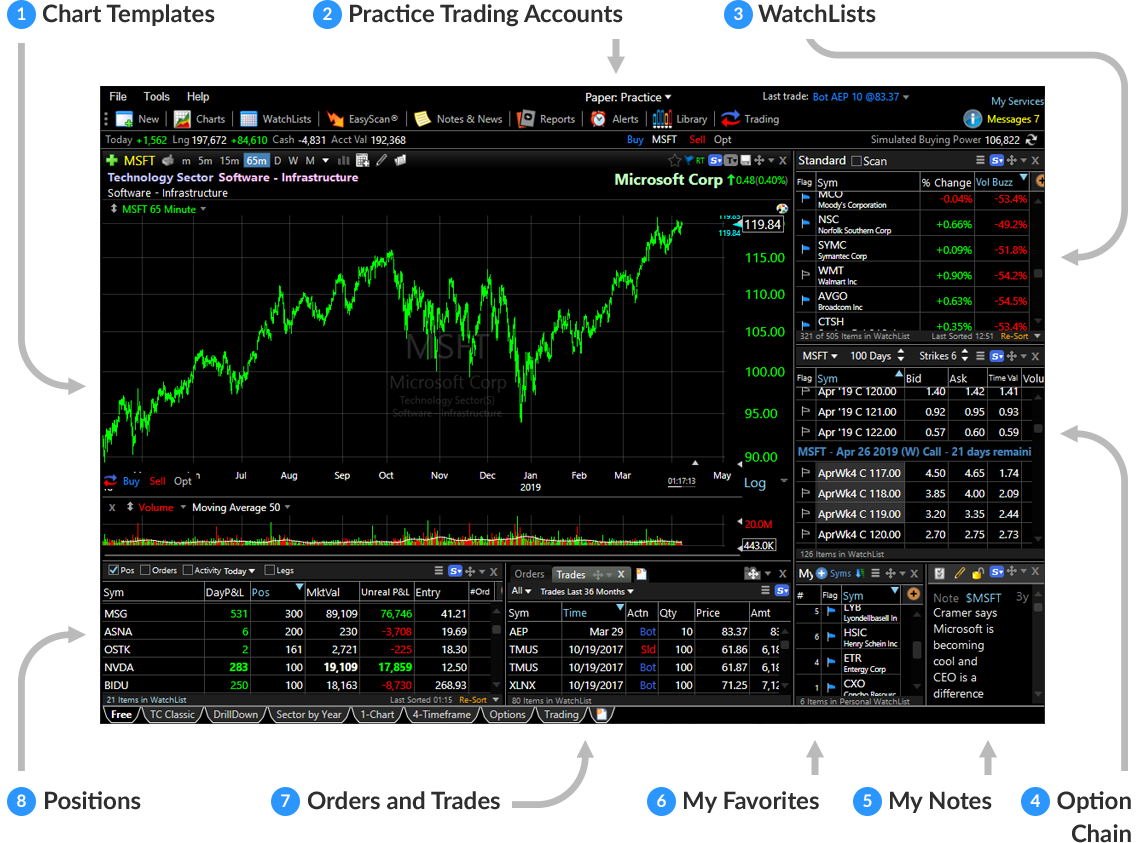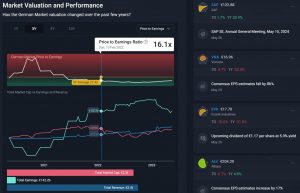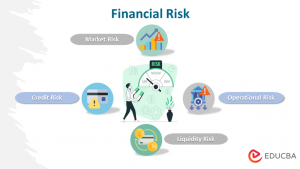
Sources of Live Stock Market Data

Real-time stock market data is the lifeblood of trading and investment analysis. Accessing this data requires understanding its origins and the various pathways it travels to reach users. This section explores the primary sources of live stock market data, focusing on the exchanges, data providers, and the infrastructure needed to handle the high-volume data streams.Reliable and timely access to accurate stock market data is crucial for informed decision-making.
The speed and accuracy of this data depend heavily on the source and the infrastructure employed to deliver it. Different sources offer varying levels of reliability and speed, influencing the overall effectiveness of trading strategies and analytical processes. Understanding these differences is vital for selecting the appropriate data provider.
Primary Exchanges and Data Providers
Major stock exchanges worldwide, such as the New York Stock Exchange (NYSE), Nasdaq, London Stock Exchange (LSE), and the Tokyo Stock Exchange (TSE), are primary sources of live market data. These exchanges maintain their own data feeds, which are often distributed through specialized data vendors. These vendors, including Bloomberg, Refinitiv (formerly Thomson Reuters), and FactSet, aggregate data from multiple exchanges, enhancing accessibility and adding value-added services such as analytics and charting tools.
Smaller exchanges may also partner with these larger providers or offer their data directly. The choice of data source often depends on the user’s specific needs and budget, balancing the desire for comprehensive coverage with cost considerations.
Reliability and Speed Comparison of Data Sources
The reliability and speed of data vary across providers. Exchanges themselves typically provide the most reliable data, as it’s the source, but accessing it directly can be complex and costly. Major data vendors, like Bloomberg and Refinitiv, generally offer high reliability and speed, investing heavily in robust infrastructure and redundancy to minimize latency and ensure data accuracy. Smaller providers might offer lower latency in specific niche markets, but their reliability might be less consistently high.
Factors such as network infrastructure, geographical location, and the vendor’s data processing capabilities all contribute to the overall speed and reliability of the data feed. For instance, a trader located far from a data center might experience higher latency compared to one closer to it.
Infrastructure for High-Volume Data Feeds
Receiving and processing high-volume live stock market data requires substantial infrastructure. This typically includes dedicated high-speed network connections (often fiber optic), powerful servers capable of handling massive data throughput, and sophisticated software for data normalization, storage, and distribution. Redundancy is critical; failover mechanisms are essential to ensure uninterrupted data flow in case of hardware or network failures. Databases designed for high-speed write and read operations, such as in-memory databases or specialized time-series databases, are commonly used to handle the volume and velocity of the data.
Furthermore, robust security measures are crucial to protect the sensitive market data from unauthorized access or manipulation.
Data Flow from Exchange to User Application
The following flowchart illustrates a simplified representation of the data flow:[Descriptive Flowchart]Imagine a flowchart with four main blocks. Block 1: “Stock Exchange” shows the raw data originating from the exchange’s trading system. An arrow points to Block 2: “Data Provider,” depicting the aggregation, cleaning, and formatting of data by the vendor. Another arrow leads to Block 3: “User’s Network Infrastructure,” representing the high-speed connection, servers, and database handling the data stream.
Finally, an arrow goes to Block 4: “User’s Application,” showing the final display of the data on a trading platform or analytical tool. Each block has internal processes implied but not explicitly detailed for simplicity. The overall flow shows a linear progression from the source to the end-user, highlighting the multiple stages involved in delivering real-time market data.

